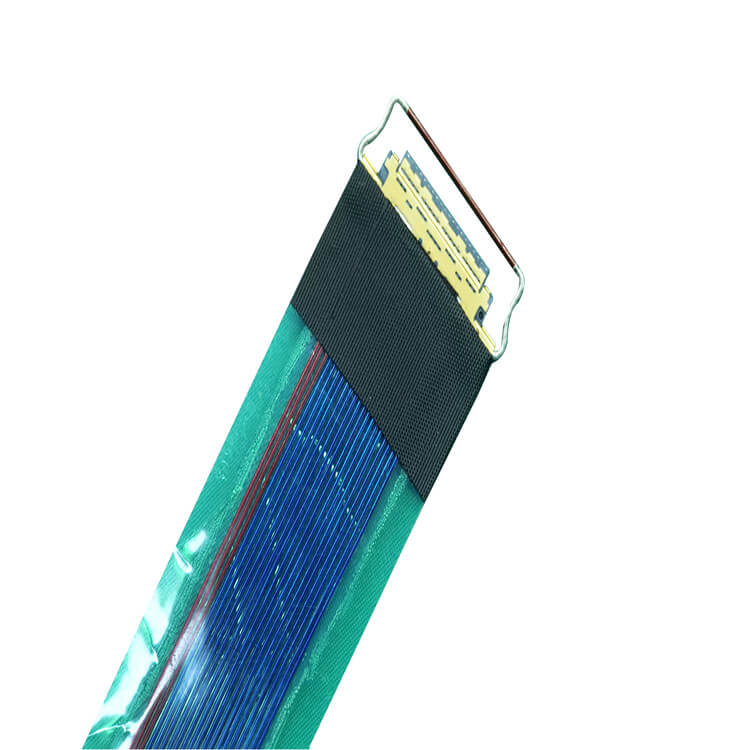Meta Description: Discover the best miniature coaxial cables for underwater robots. Learn about durability, waterproofing, and performance factors to ensure reliable subsea operations.
Underwater robots, such as remotely operated vehicles (ROVs) and autonomous underwater vehicles (AUVs), require specialized components to function in harsh aquatic environments. One critical component is the miniature coaxial cable, which transmits high-frequency signals for communication, sonar, cameras, and sensors. Choosing the right cable ensures reliability, longevity, and optimal performance. In this guide, we’ll explore the types of miniature coaxial cables best suited for underwater robots and their key features.
Underwater robots operate in environments with high pressure, saltwater corrosion, and extreme temperatures. Standard coaxial cables often fail under these conditions, leading to signal loss, electrical interference, or mechanical breakdown. Miniature coaxial cables designed for subsea applications prioritize:

Why They’re Ideal:
Common Use Cases:
Why They’re Ideal:
Common Use Cases:
Why They’re Ideal:
Common Use Cases:
Why They’re Ideal:
Common Use Cases:
Q: Can standard RG-58 cables be used for underwater robots?
A: No. RG-58 lacks sufficient waterproofing and pressure resistance for prolonged subsea use.
Q: What’s the maximum depth for miniature coaxial cables?
A: High-quality submersible cables can operate beyond 6,000 meters, depending on construction.
Q: How to test coaxial cable waterproofing?
A: Conduct a pressurized water immersion test or use a megohmmeter to check insulation resistance.
Our factory offers high-quality products at competitive prices
H1: Precision Instrument Micro-Coax – Engineered for Critical Signal Integrity Meta Description: Discover Precision Instrument Micro-Coax: Miniature coaxial cable solution optimized for high-frequency signal transmissio.
Meta Description: Discover our premium Flexible Micro-Coaxial Assemblies—engineered for high-frequency signal integrity, durability, and versatility in aerospace, medical, telecom, and robotics applications. What Are Flexible .
Feel free to reach out to us for any inquiries or orders.